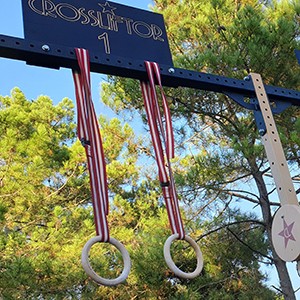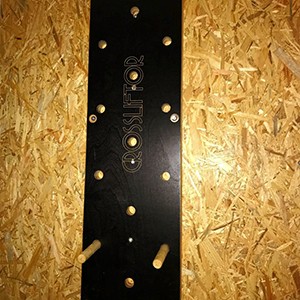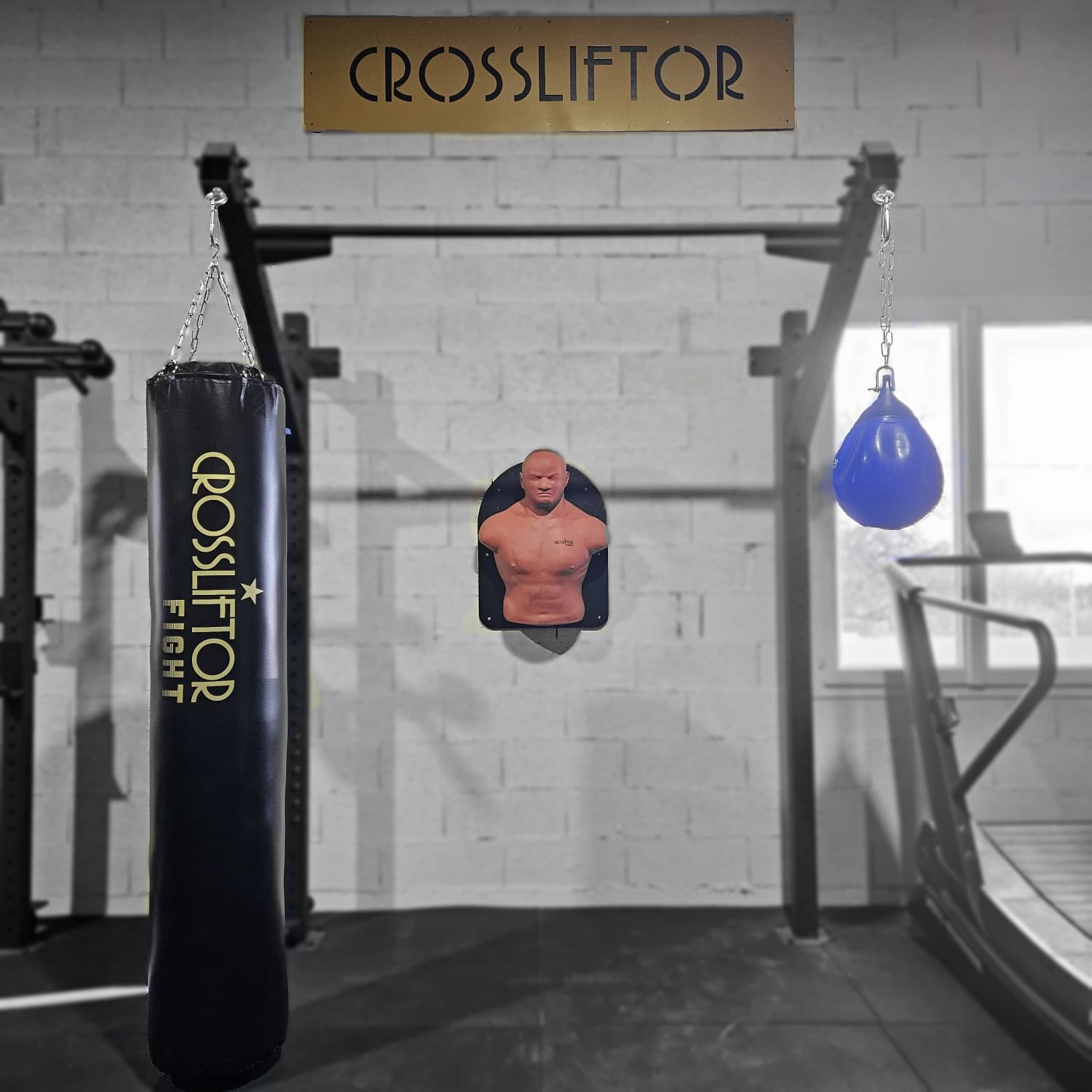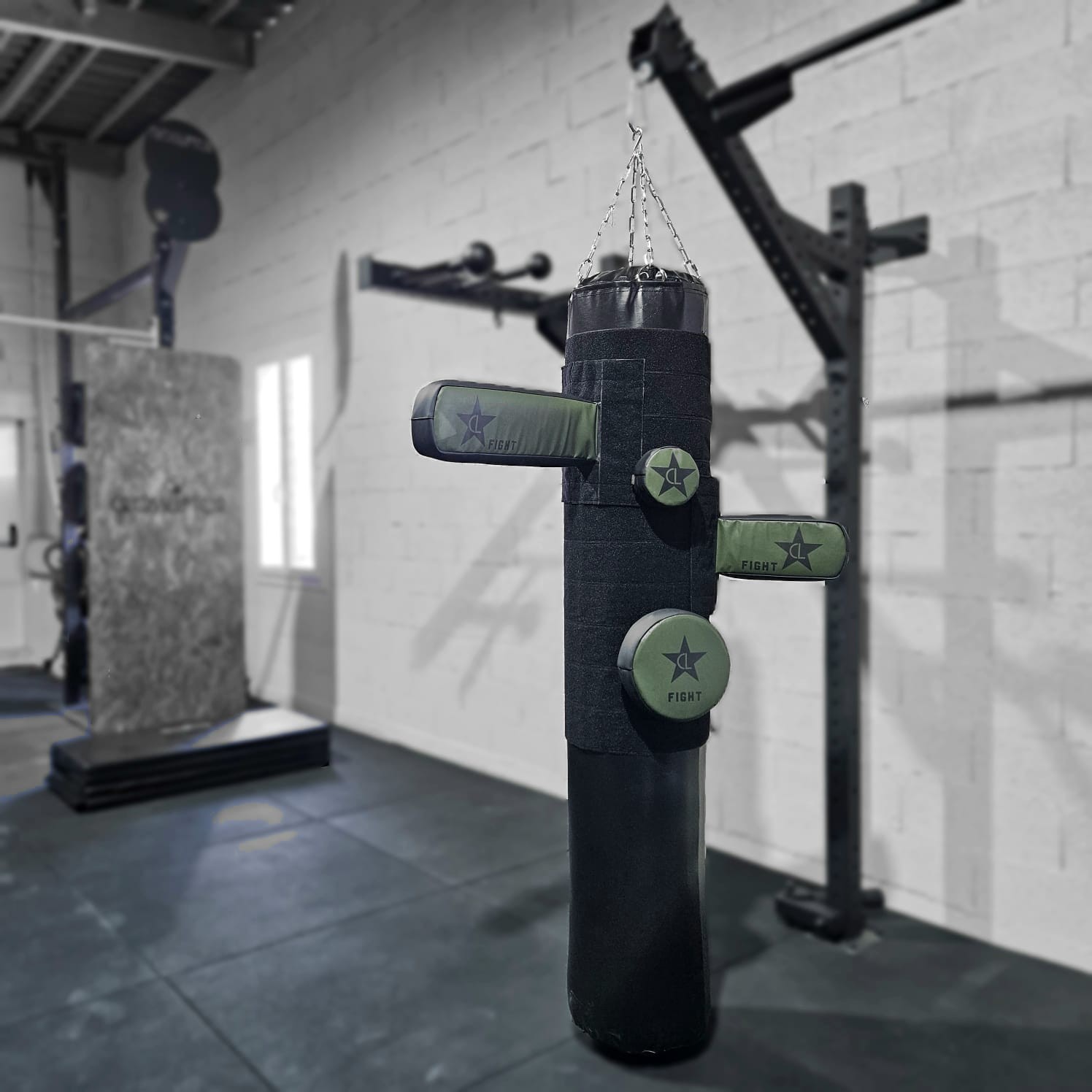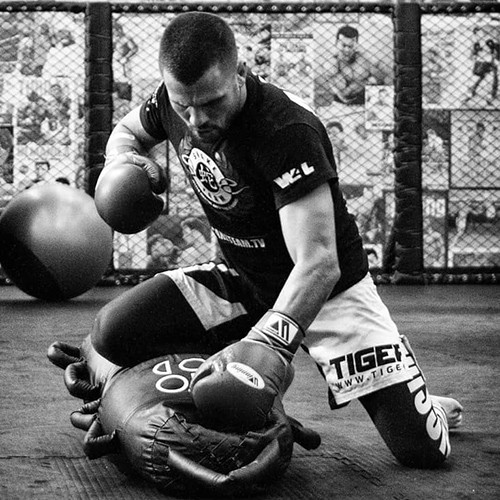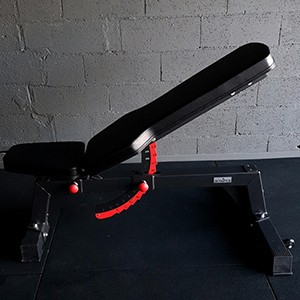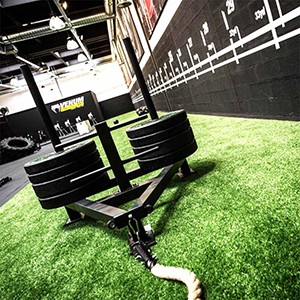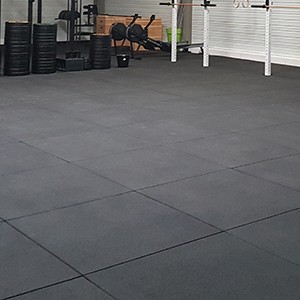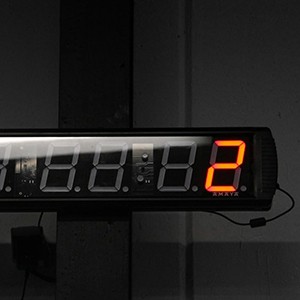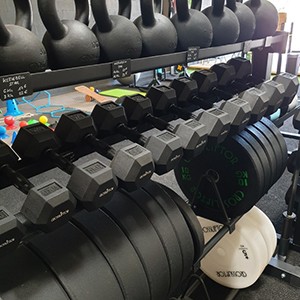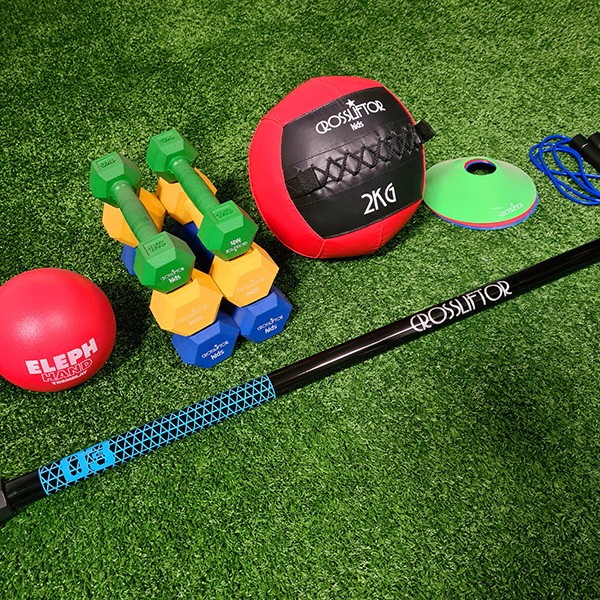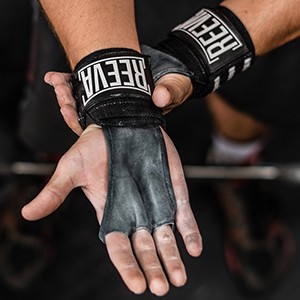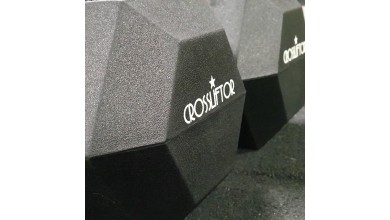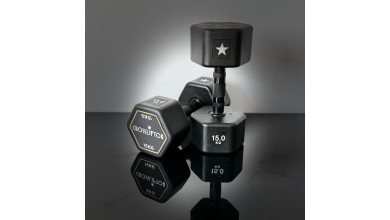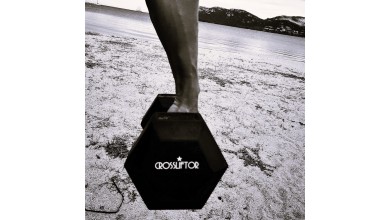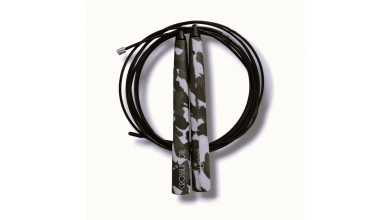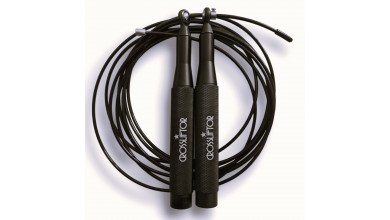How to Strengthen Your Abs with Dumbbells - Crossliftor
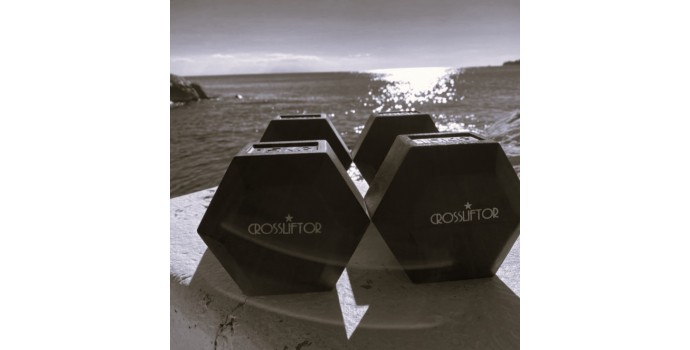
Sometimes wrongly neglected, abdominal work is essential for maintaining good posture and performing any weight-bearing exercise correctly, to ensure injury-free practice. It's one of the most important aspects of progress that you can work on several times a week in your muscle-strengthening phases. Possible with bodyweight, it will be all the more effective with an additional load. Are you in a gym or have you bought a set for your home gym? We'll show you how to build up your abs with dumbbells.
Top 5 dumbbell ab exercises
Whether you use a barbell or dumbbells, there are numerous exercises designed to strengthen your abdominal muscles with the aid of a load. To save you time and help you focus your sessions, we've selected a top 5 list of our favorite dumbbell ab exercises.
Dumbbell crunch
The crunch is undoubtedly the best-known abdominal muscle-building exercise. Sometimes criticized by some exercisers if performed incorrectly, it's nonetheless a must-have. Easy to perform, it requires very little equipment. If you're a beginner, we recommend starting with bodyweight. Later, adding weights will enable you to go further in muscle gain at this level. The dumbbell crunch works the rectus abdominis and helps strengthen the body's balance. It's performed lying on your back, legs bent at 90 degrees and feet resting flat on the floor. You can use a mat for added comfort.
The movement consists of alternately raising and lowering the upper part of the torso, as if you were trying to roll it up. Without arching your back, the abdominal area should roll up slightly during contraction and relax as much as possible, without going too far during relaxation. The aim is to maintain continuous tension, so as not to strain an auxiliary muscle. The abdominal muscles will be put to greater use if the feet are off the ground, glued together and the knees bent. This movement is familiar even to novices, but to perform it with a weight disc or dumbbell (easier to grip), you need to follow a few instructions. Keep your head in line with your body. Pull up slowly, concentrating on your abdominal muscles and without momentum, to stimulate the desired area. The dumbbell can be placed on your torso or behind your head.
Side bends
Side bends are one of the exercises that stimulate the obliques, and are performed standing with feet shoulder-width apart. Your right hand holds the dumbbell, while the other is placed on the side of your head. Keeping your back straight, bend your trunk sideways to the right, as if pulled by the weight of the dumbbell, and return to the starting position. Repeat this movement several times, then switch hands and perform the same exercise symmetrically. The point is to think about the fact that what enables you to hold and raise the load is your oblique and not any other part of the body. Focusing on the targeted muscle is almost everything.
The Windmill
Again, it's the obliques that are targeted in the Windmill exercise, because of the silhouette it creates. The dumbbell is held in the left hand, at arm's length. The right arm is extended towards the ground, palm facing right. Feet slightly wider apart than hips. Slowly tilt your trunk, without bending your knees, until your fingertips touch the ground in front of your right foot, keeping your left arm extended overhead and your eyes fixed on the dumbbell. Straighten your trunk until you're back in the starting position. Finally, repeat the same exercise, changing sides. As always, stay sheathed and concentrated. Start with light loads to get a feel for the movement. If you don't feel any sensation in your oblique abdominals at first, this is normal. It takes time for the nervous connection to take hold, and that comes with practice.
Dumbbell exercise for obliques: the Russian Twist
The Russian Twist is one of the most complete exercises for building obliques with a dumbbell, because while it works mainly on the two obliques that control the rotation of the torso, it also works the entire abdominal belt and even the lumbar muscles. To perform it, simply sit on the floor, trunk bent backwards by about 45 degrees, feet flat or raised, hands holding the dumbbell. Bring the dumbbell alternately to the left and right of the sides, without jerking the movements so as not to strain the back. Many people also like to practice with a kettlebell, but it's up to you to choose according to your comfort, your sensations and, above all, the equipment available.
Hollow hold with weights
The hollow hold is one of the most complete of the dumbbell abdomen exercises, and is similar to weight training in that it works not only the external and internal abdominal muscles, but also those of the pelvis and upper thighs. To perform it correctly, you need to lie on your back, legs straight and ankles together, hands holding the dumbbell stretched behind your head.
Then lift your arms, upper body and legs, contracting your abs to hold this position for a few seconds. Release for a moment and repeat the exercise several times. You can do a hollow hold session in tabata, i.e. repeat the exercise 8 times with 20 seconds of effort and 10 seconds of rest. Also possible in 30 - 10 or 45 - 15 for the more experienced. The principle remains the same: it also enables you to work your cardiovascular system and burn fat more efficiently. We particularly like it because it breaks the routine of classic sets. Grab your favorite music app, choose a TABATA and Go - all you have to do is follow the rhythm and the counts!
How to work your abs
If you're working with weights, there are a few key points to bear in mind if you want to get the most out of your abdominal muscles, especially with dumbbells. As with any sport, weight training requires a few precautions. It's essential to spend a few moments on warm-up exercises, to prepare your body, muscles, joints and cardiac system for the renfo session that follows. It's important to execute the movements described in the various exercises correctly, with theabdomen naturally tucked in and without forcing on other parts of the body. Poorly coordinated movements not only run the risk of not achieving their objective, but also of causing back or neck pain. Unlike other, less enduring muscles such as the pectorals, the abdominals require training focused on duration and sensitivity, where maintaining a position that challenges them is more important than the number of repetitions in the exercise. Again, it all depends on your goals and experience, of course. Alternate different types of exercise for a complete abdominal workout. Finally, remember to breathe in and out as you move, to ensure good oxygenation.
Which dumbbell weight to choose?
Of course, it's a good idea to start with lighter weights, especially if you've never doneab exercises with dumbbells before. The recommended starting weight for women is between 2 and 5 kilos, and for men between 5 and 10 kilos. Over time, these weights can be increased slightly as you build up your muscles and level up.
How to target the lower abdominal muscles?
Among the abdominal muscles, the rectus abdominis, despite its visible chocolate-bar-shaped compartments (well, it depends for whom), forms a single muscle. There are, however, a number of exercises recommended for targeting the lower abdominal muscles, such as the pelvic tuck. Lie with your back flat against the floor, hands under your buttocks, then alternately raise and lower your legs in several sets. A heavy dumbbell placed far behind your head can help stabilize you. Thescissor exercise is an equally effective variation: still lying on your back, arms at your sides, lift your legs slightly, then alternately raise and lower your right and left legs in a scissor-like movement. Your lower abs will bear the brunt of the load, but the other abdominal muscles will also be stimulated. Finally, a classic is the knee raise. You'll need a pull-up bar, suspend yourself and raise your knees to the height of your pelvis in a strict, slow and controlled movement.
Is there a dumbbell exercise to lose belly fat?
We couldn't do an article on abs without answering the age-old question of "is there a belly-loss exercise", and in our case a dumbbell exercise. The fat we produce tends to accumulate more in the belly area, depending on the individual and their metabolism. Many people hope that intensive ab training with dumbbells will make this excess fat disappear. In reality, these repetitive exercises will draw energy from the whole body, without targeting any particular area. Of course, it's possible to lose fat - and more by cross-training than by running on a mat - but it's not possible to target a specific area. The most important thing is to feel good about your body, and not to focus on aesthetics in the first instance, but rather on how you feel and how much fun you're having. On the other hand, strengthening the abdominal muscles will help support the body's weight and greatly contribute to preserving the back, especially when exercising with loads.
Our dumbbells for sale

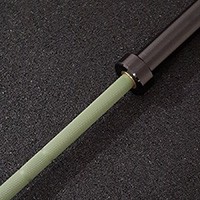
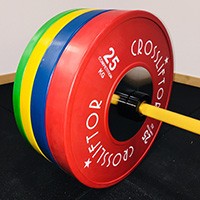
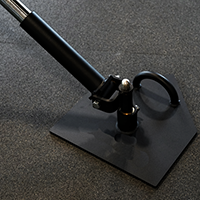
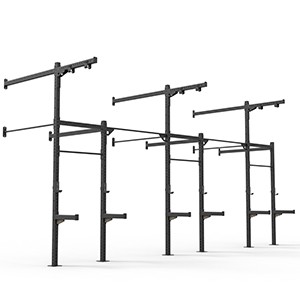
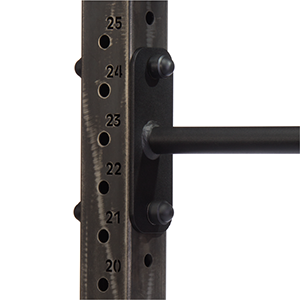
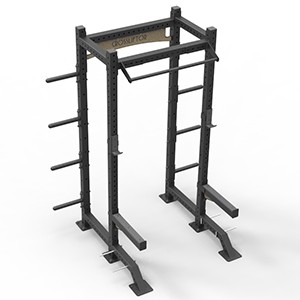
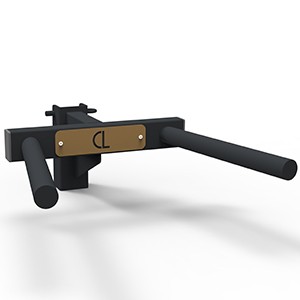
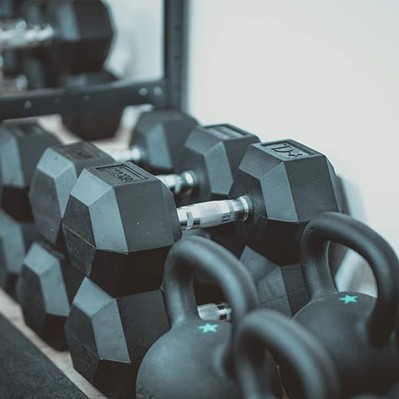
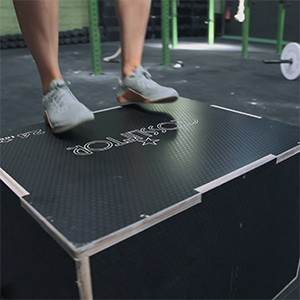
 (1).jpg)
